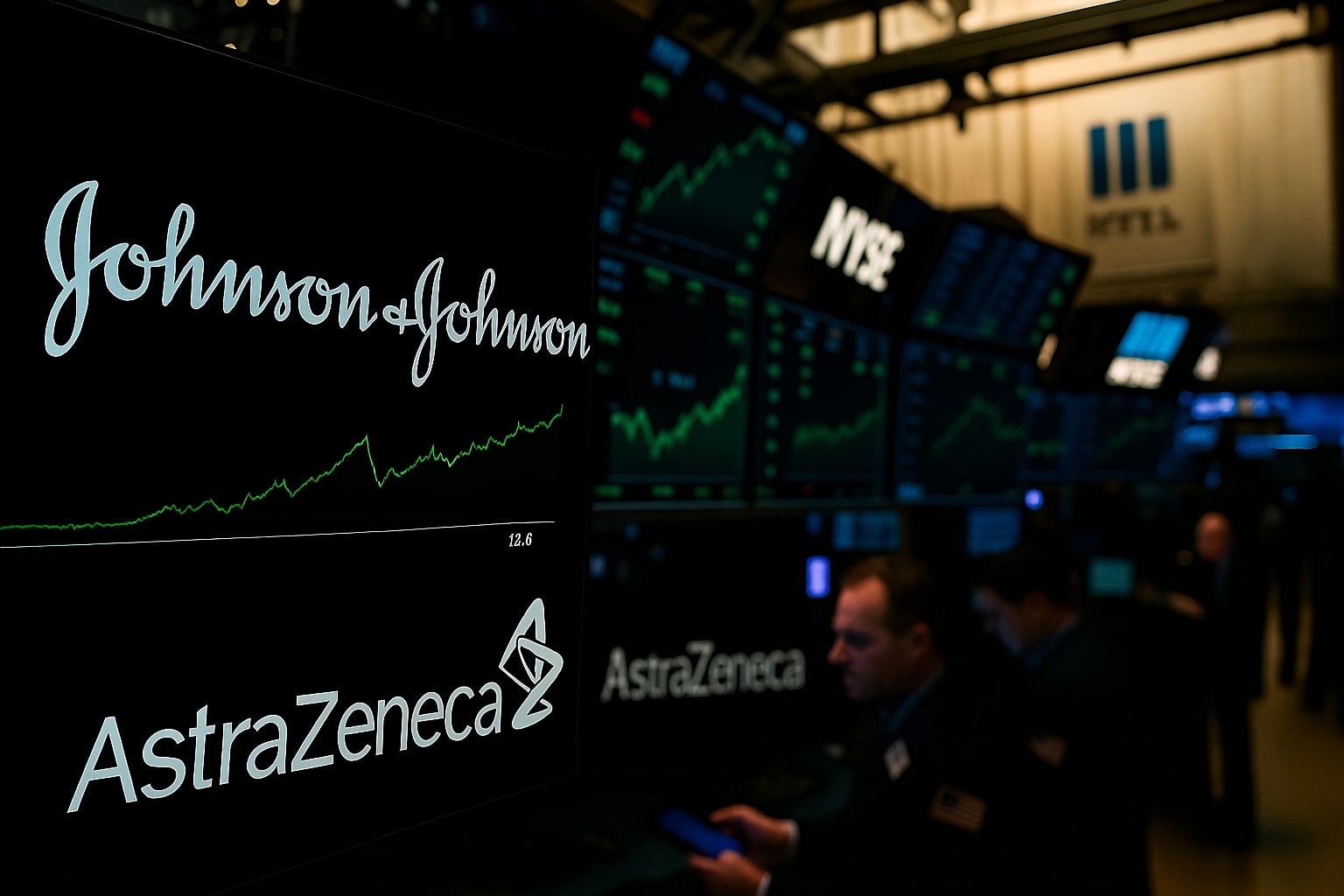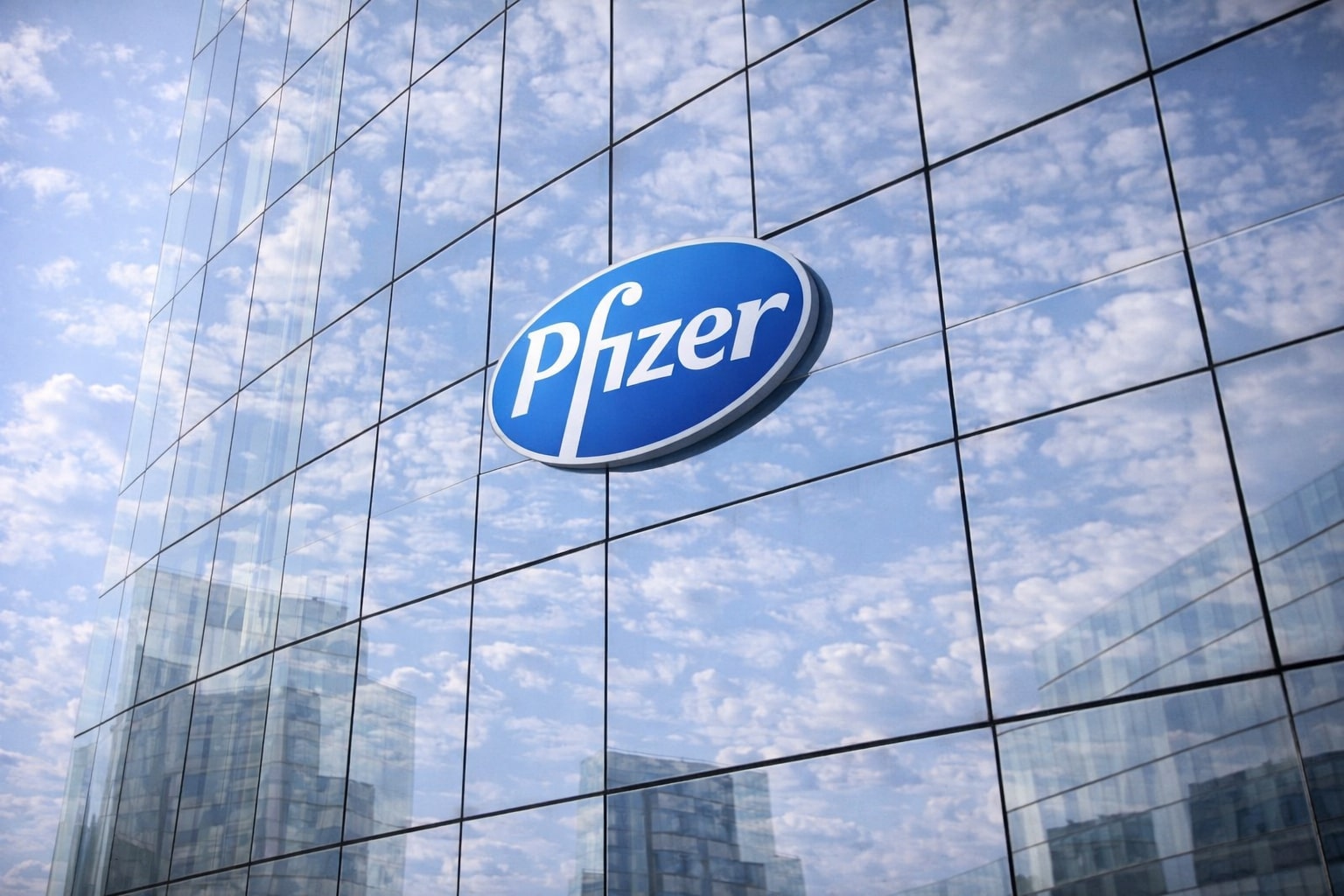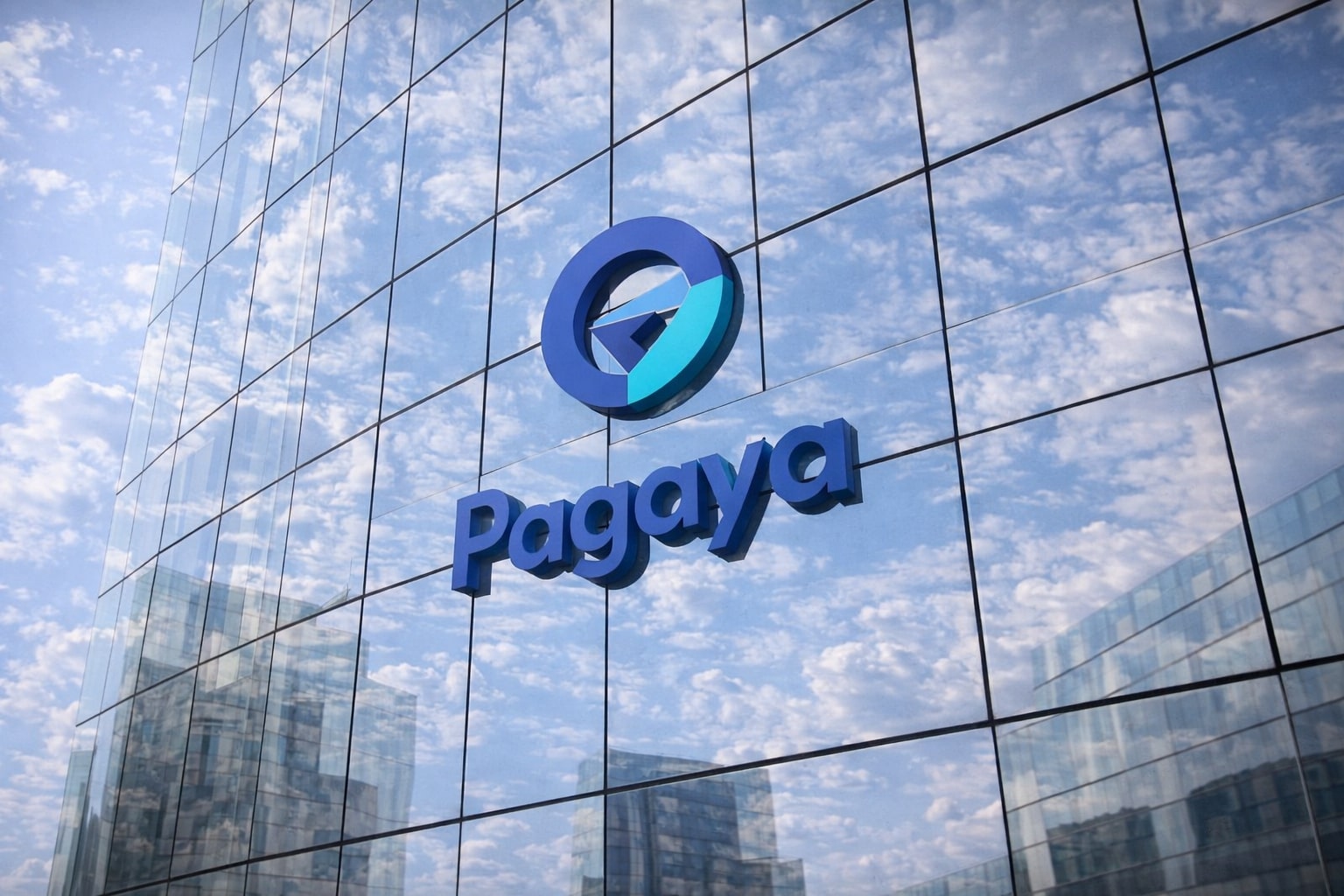
Johnson & Johnson JNJ Stock vs AstraZeneca AZN Stock – Growth or Dividend Reliability?
AZN rallies with oncology strength, JNJ holds steady as an income anchor | That's TradingNEWS
Johnson & Johnson (NYSE:JNJ) vs AstraZeneca (NYSE:AZN) – Diverging Paths in Pharma Leadership
Johnson & Johnson (NYSE:JNJ) and AstraZeneca (NYSE:AZN) stand as two of the most influential global pharmaceutical players, but their market positioning and financial dynamics in 2025 tell a story of divergence. JNJ trades at $177 per share, with a market cap of $426.3 billion, while AZN trades near $81.28 per share with a market cap of $251.9 billion. Despite both being deeply entrenched in oncology and immunology, their revenue growth rates, balance sheet strategies, and dividend approaches contrast sharply, shaping how investors should evaluate their long-term prospects.
Revenue Growth and Market Momentum
AstraZeneca has shown a stronger growth trajectory in the latest quarters. Its Q2 2025 revenue rose 11.7% year-over-year to $14.5 billion, fueled by oncology blockbusters Tagrisso and Imfinzi, alongside strong respiratory and rare disease performance. Analysts forecast full-year 2025 revenue at $58.4 billion, climbing toward $61.8 billion in 2026, implying ~8% annual growth.
Johnson & Johnson, by contrast, has been more stable but less dynamic. Its revenue for 2025 is projected above $93 billion, with EPS guidance raised to $10.80–$10.90, but its topline growth has hovered in the 2–4% range. JNJ’s performance has been anchored by MedTech recovery and stable pharmaceutical sales, but lacks the same double-digit growth momentum AZN is showing in oncology.
Profitability and Valuation Metrics
JNJ trades at a forward P/E of 15.2, aligning with its historical valuation and suggesting investors still treat it as a defensive anchor in healthcare. Its profit margin sits at ~19%, supported by consistent free cash flow generation.
AZN, meanwhile, trades at a forward P/E of 15.8, but its PEG ratio of 0.94 highlights stronger expected EPS growth relative to price. Profit margins at 14.7% are lower than JNJ’s, but AZN’s topline momentum and pipeline depth are pulling investors toward a growth premium. Analysts peg AZN’s fair value between $87–$99, implying 8–20% upside from current levels.
Dividend Power and Cash Flow Discipline
Johnson & Johnson remains the dividend aristocrat, offering a 2.92% yield and boasting 65 consecutive years of dividend increases. Its payout ratio remains conservative near 60% of EPS, making it one of the most reliable income stocks in the market.
AstraZeneca offers a lower 1.9% dividend yield, but its payout is far more modest at ~35% of EPS, allowing the company to plow cash into R&D and pipeline expansion. While less attractive for pure income investors, AZN’s dividend growth potential is higher, especially if free cash flow accelerates with expected oncology approvals.
Pipeline and Growth Drivers
For JNJ, its future growth hinges on MedTech recovery and new launches in oncology and immunology, but it continues to face headwinds from litigation, most notably around talc and opioid claims, which weigh on valuation.
AZN has the stronger near-term growth catalysts. With 196 projects in its pipeline, including 19 late-stage molecules, and recent Phase III wins in lung cancer, the company is positioned for sustained double-digit EPS growth. Oncology already contributes $6.3 billion quarterly, growing at 18% year-over-year, and respiratory drugs like Tezspire and Breztri are expanding share rapidly.
Read More
-
GDX ETF at $88 While Gold Tests $4,400: Are Gold Miners Poised for $100?
19.12.2025 · TradingNEWS ArchiveStocks
-
XRP ETF Boom: XRPI at $10.94 and XRPR at $15.49 as XRP-USD Clings to the $1.80–$1.90 Zone
19.12.2025 · TradingNEWS ArchiveCrypto
-
Natural Gas Price Forecast: NG=F Hovering Near $3.92 As Weather, LNG And Storage Collide
19.12.2025 · TradingNEWS ArchiveCommodities
-
USD/JPY Price Forecast - Dollar to Yen Near 157 as BoJ’s 0.75% Rate Hike Backfires on the Yen
19.12.2025 · TradingNEWS ArchiveForex
Insider Transactions and Market Sentiment
Investor sentiment differs between the two. For AstraZeneca, CFO Aradhana Sarin sold 9,563 shares in August 2025 on the London Stock Exchange, disclosed under regulatory rules. Full insider activity can be tracked here. While the transaction was modest in scope, it highlights profit-taking after a strong rally.
JNJ insiders have been more neutral, with stable institutional support dominating. Investors continue to treat JNJ as a capital preservation vehicle, while AZN is increasingly being positioned as a growth play.
Investment Verdict – JNJ vs AZN
Johnson & Johnson at $177 remains a defensive healthcare anchor, offering steady dividends, strong cash flow, and low volatility, making it a Hold for conservative income portfolios.
AstraZeneca at $81.28, with double-digit growth in oncology, an undervalued PEG ratio, and upside toward $99, presents the stronger Buy case for growth-oriented investors. Its slightly lower dividend is offset by pipeline-driven EPS momentum and a cleaner long-term growth profile.
If you had to allocate capital between the two, AZN provides better near-term upside, while JNJ provides income stability—a pairing that could balance both growth and defense in a portfolio.


















